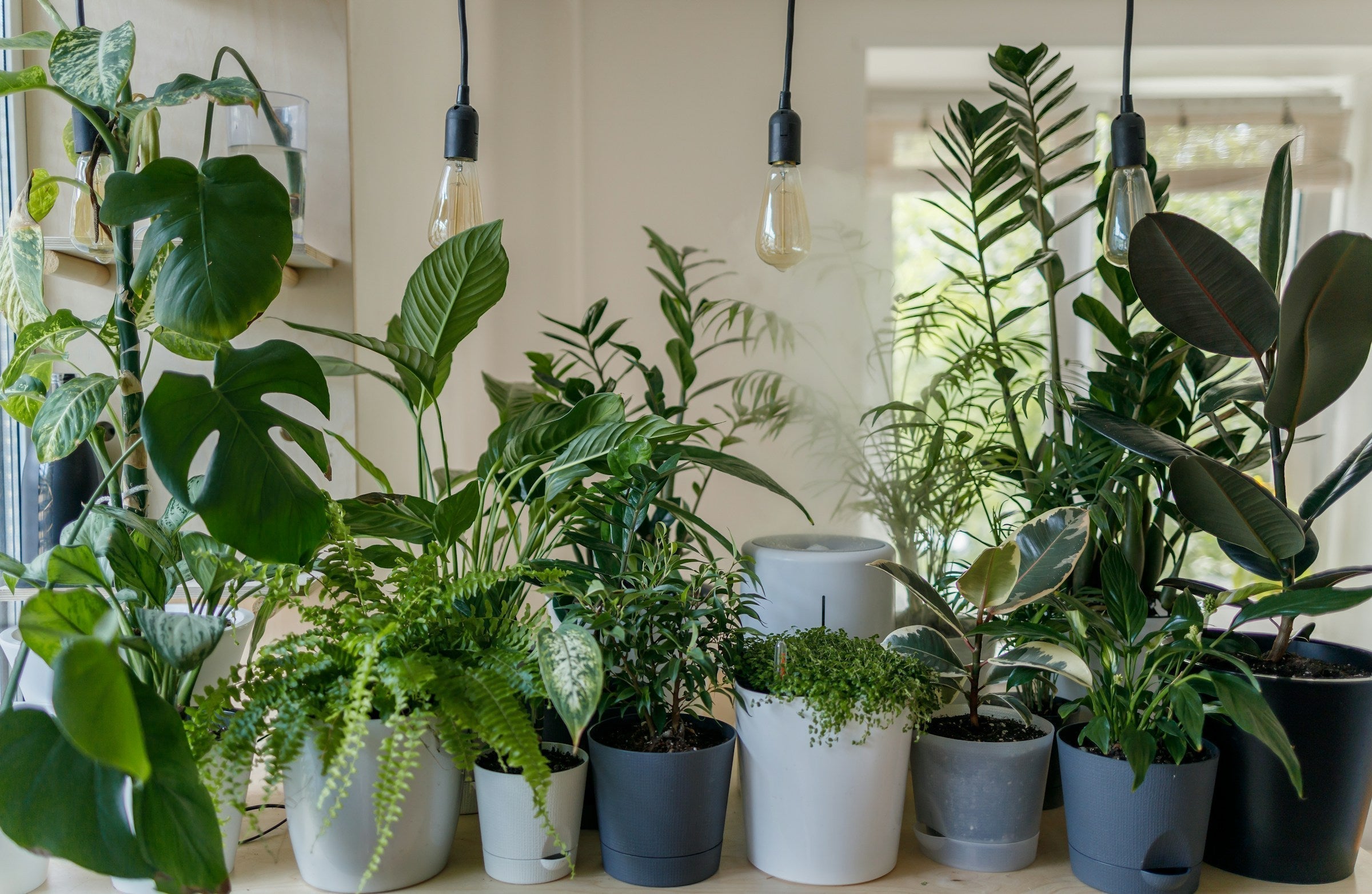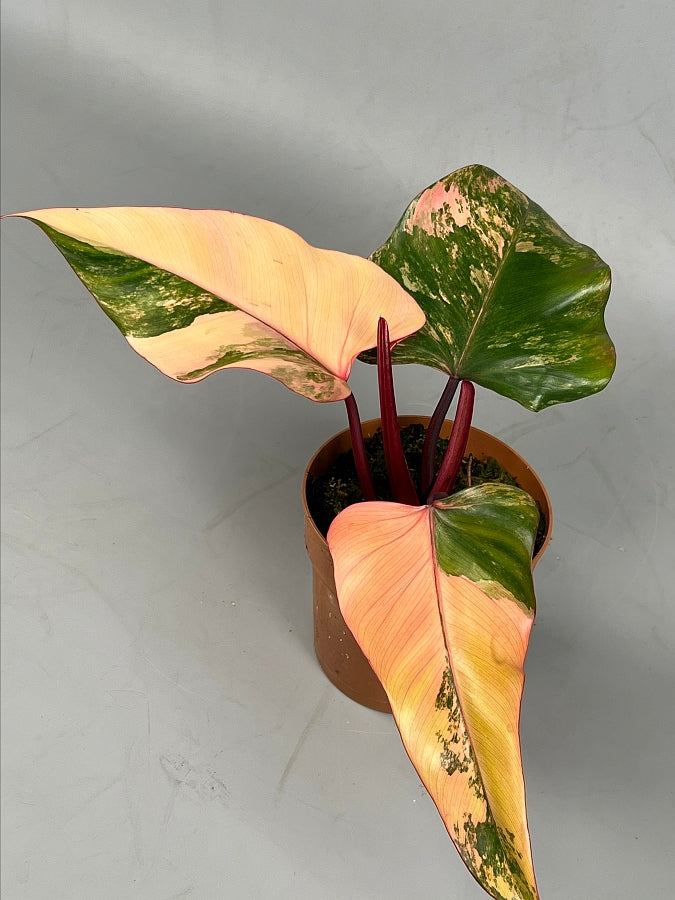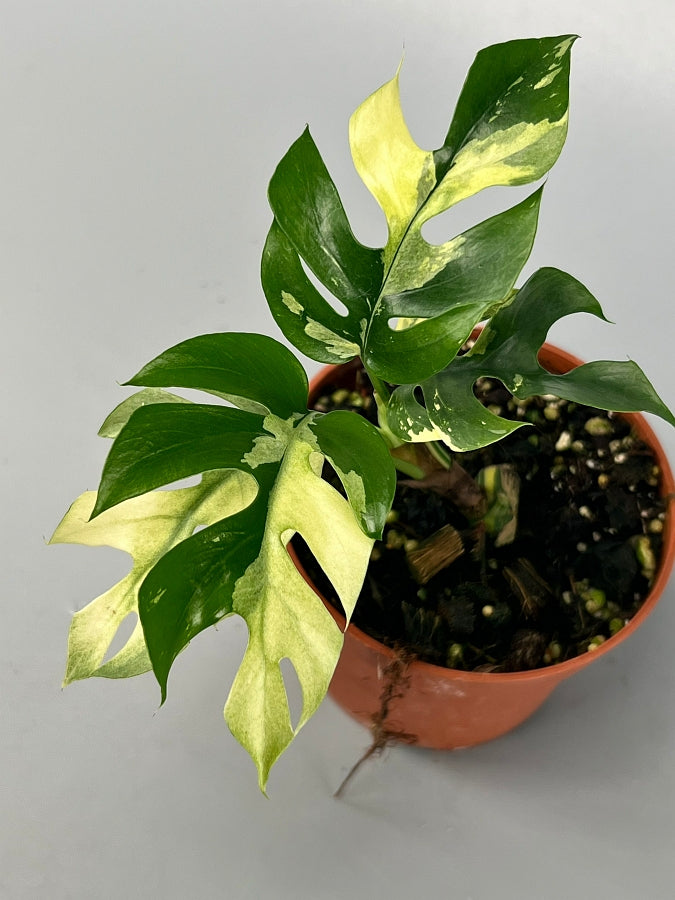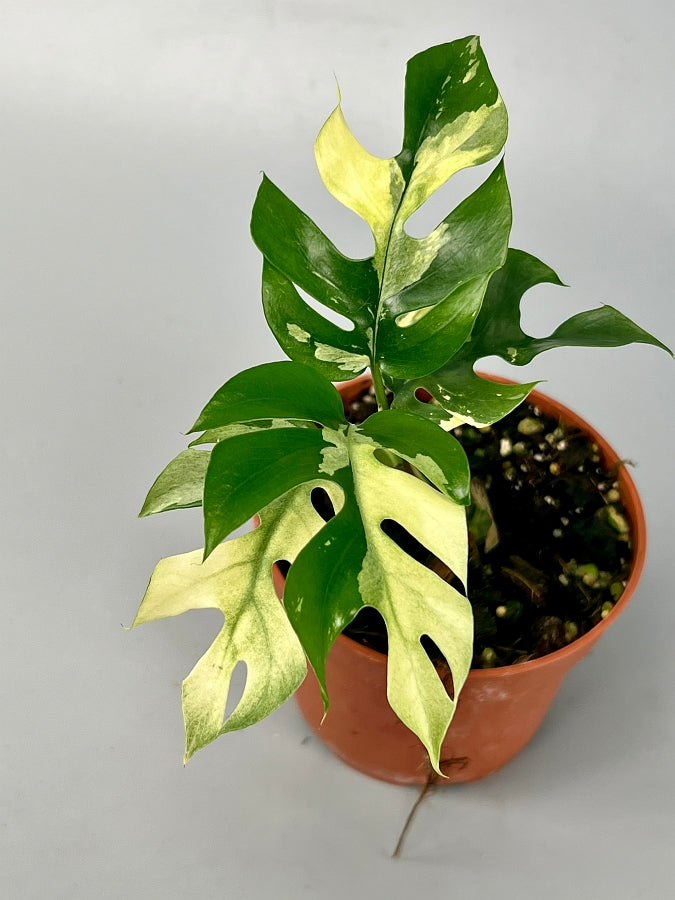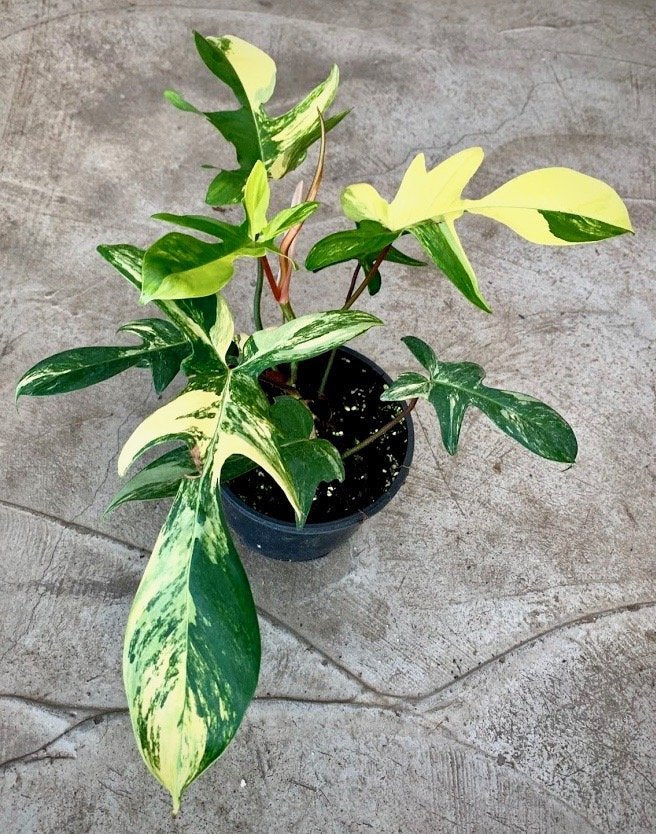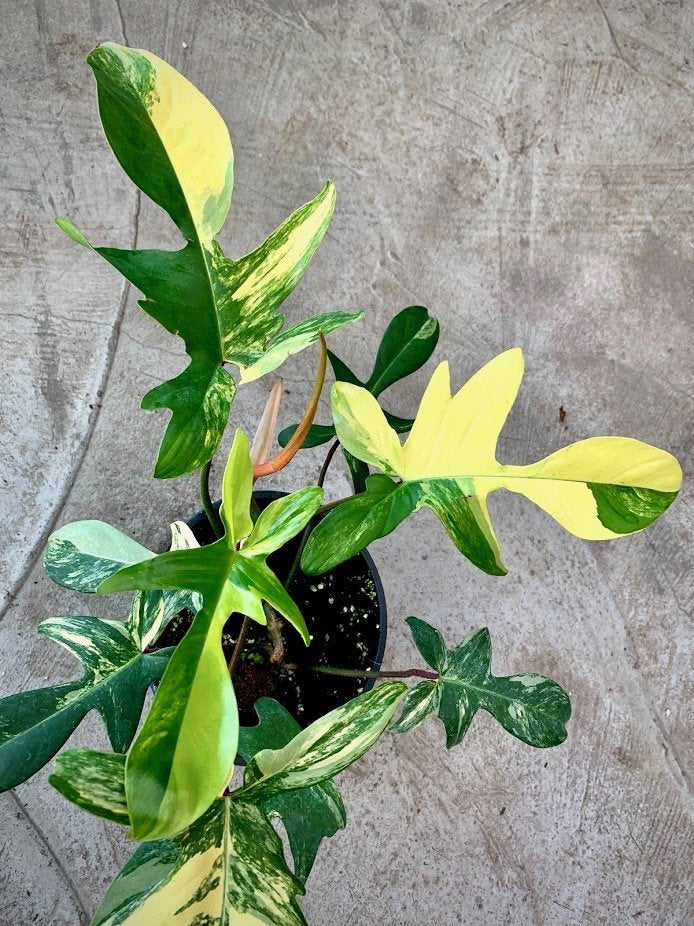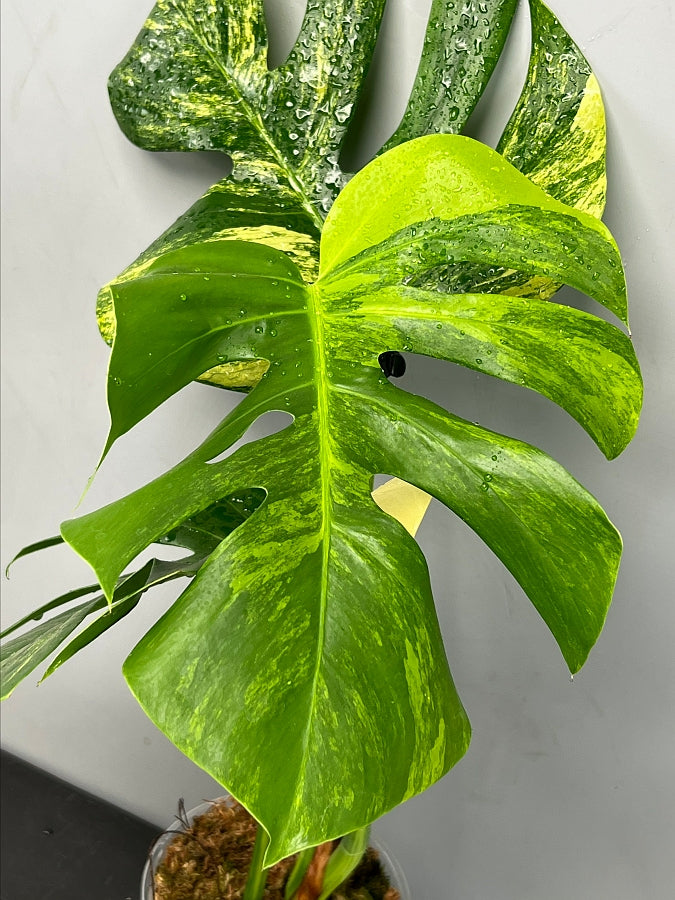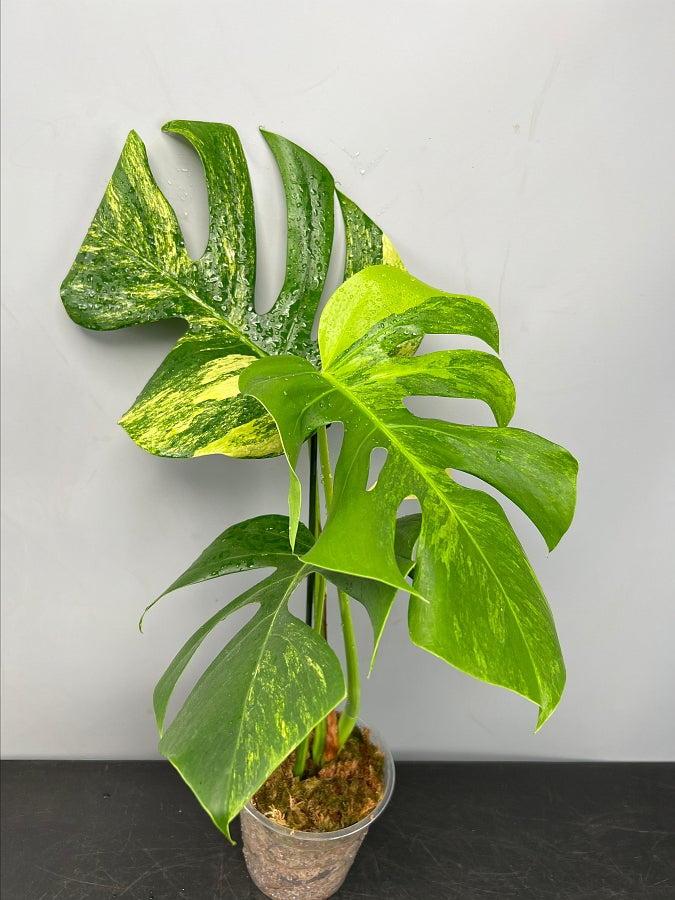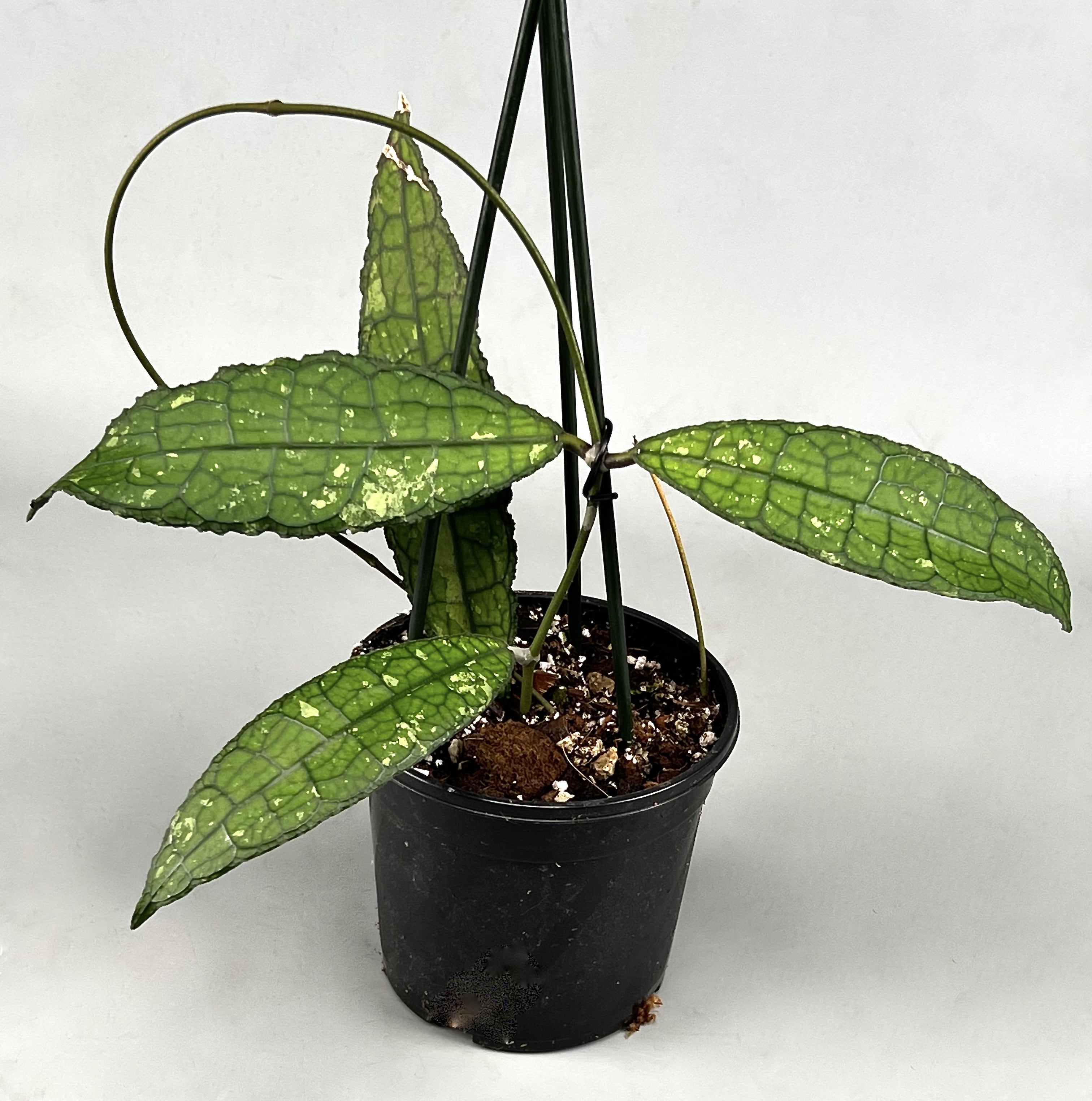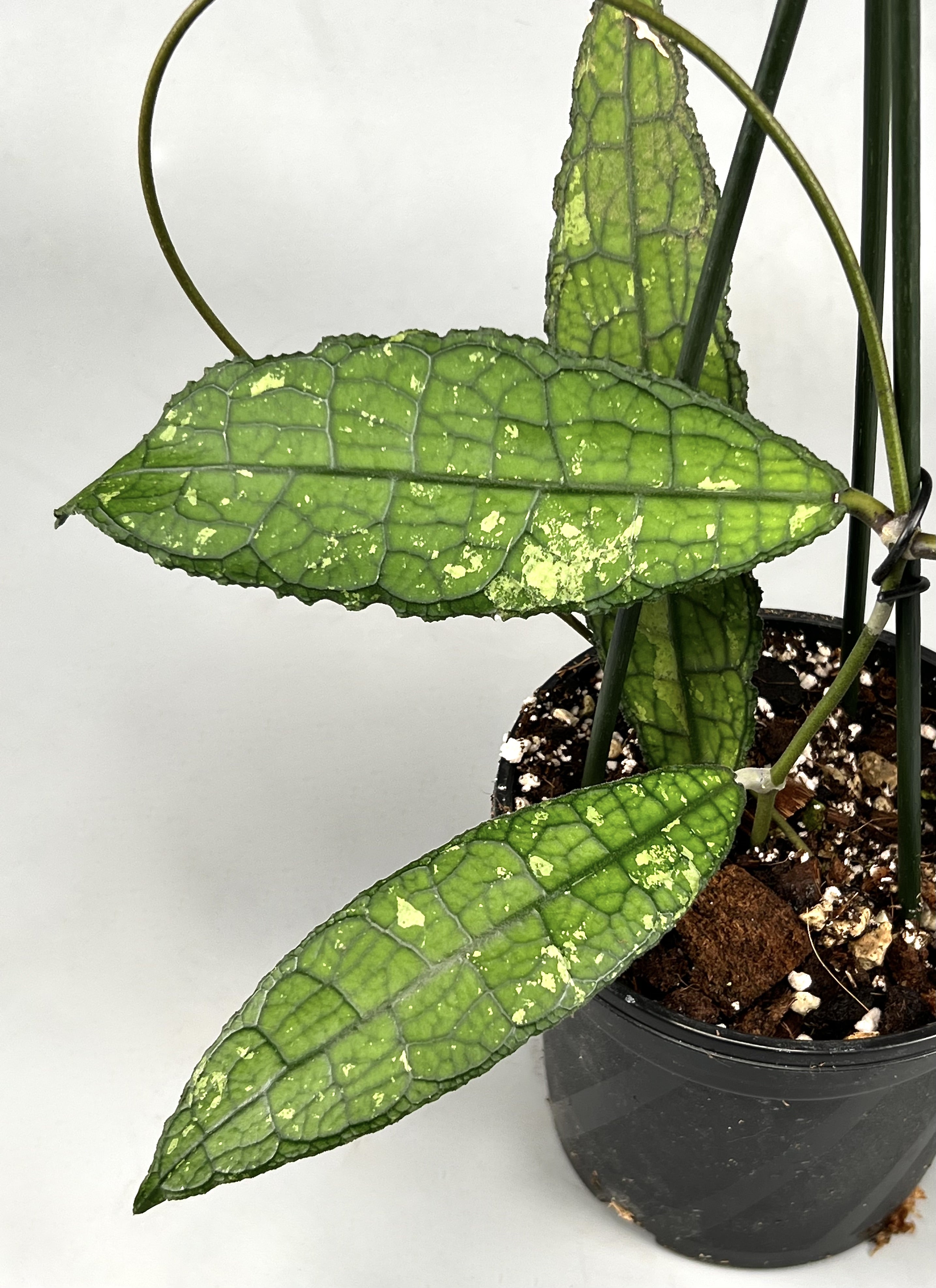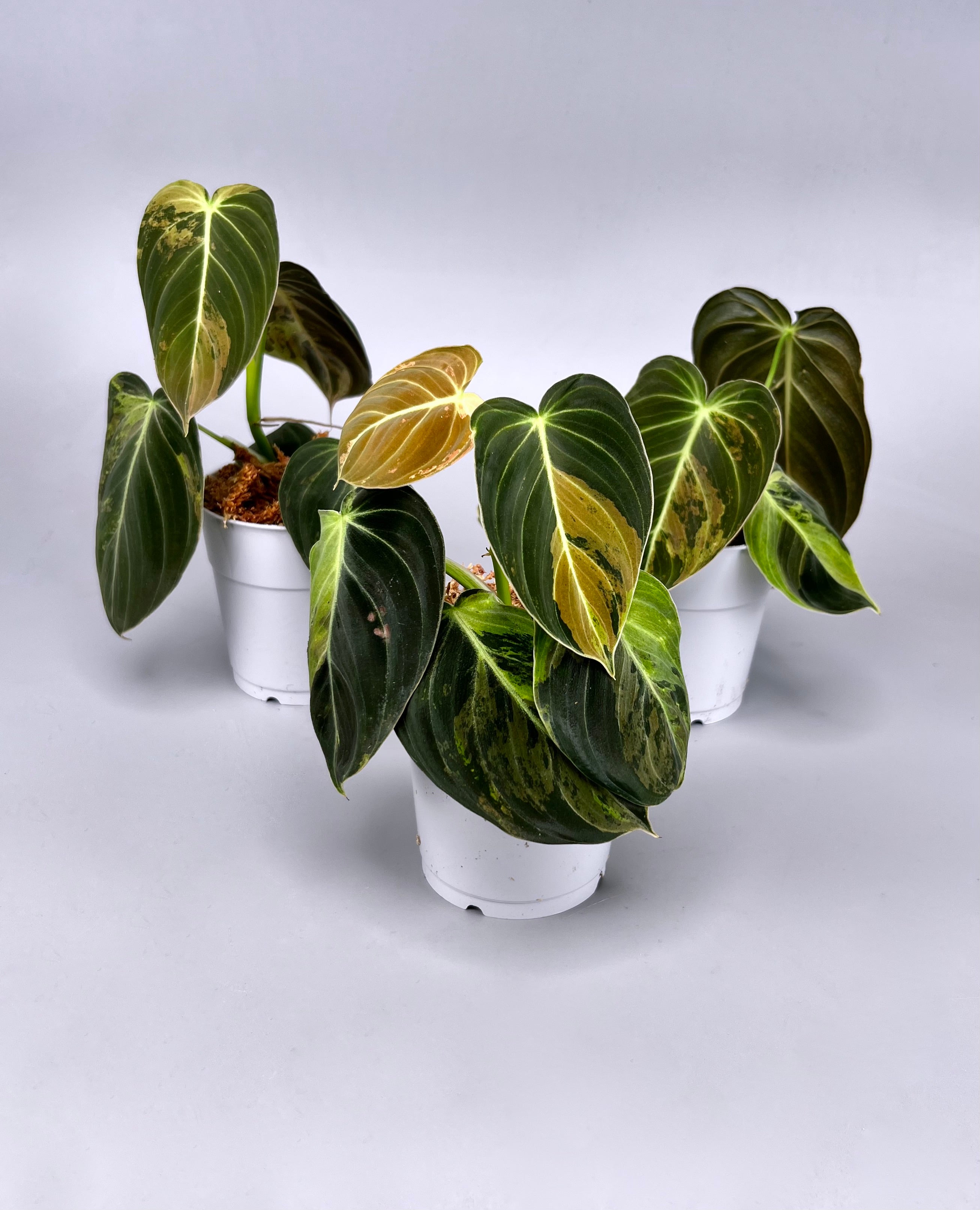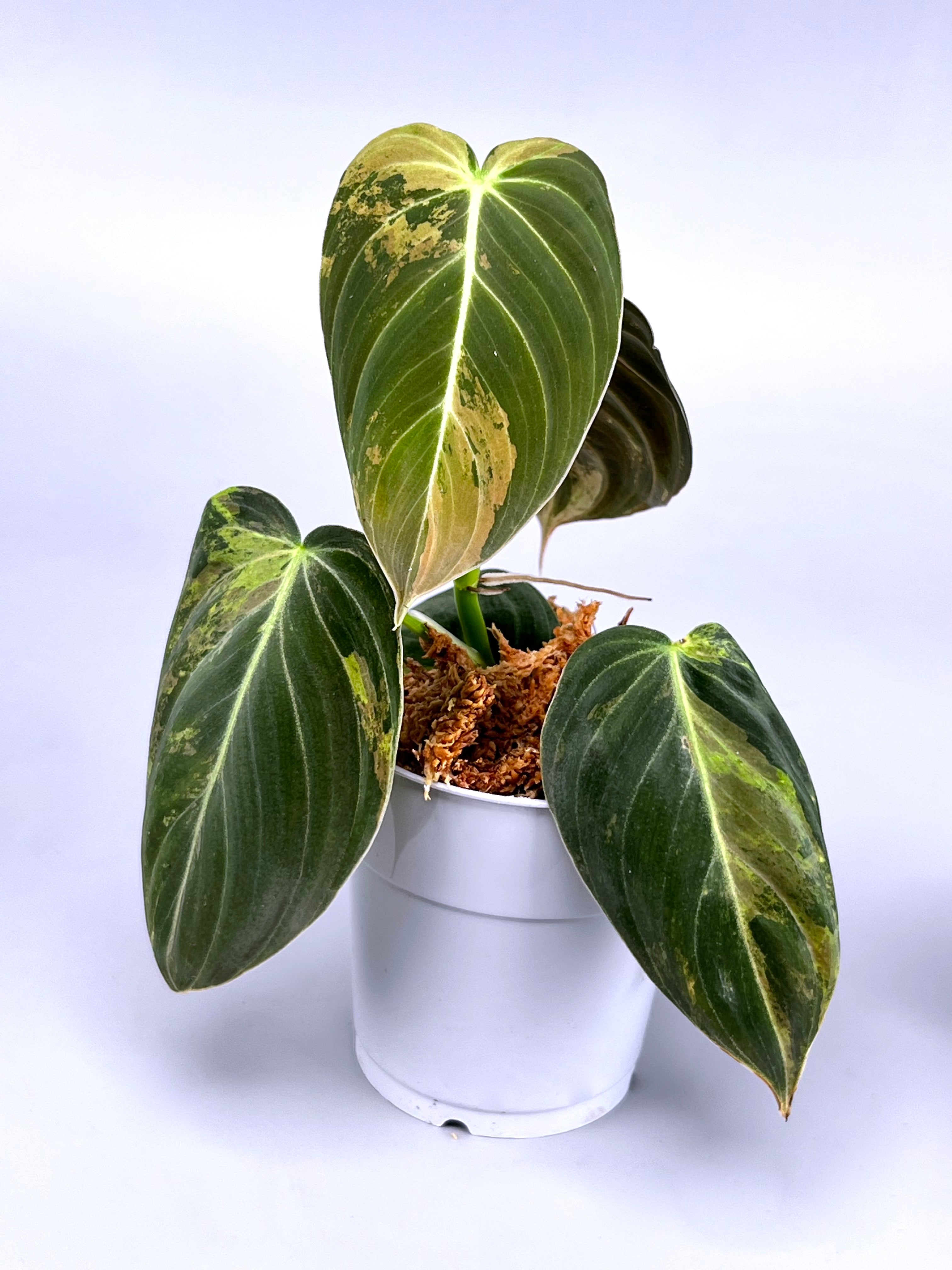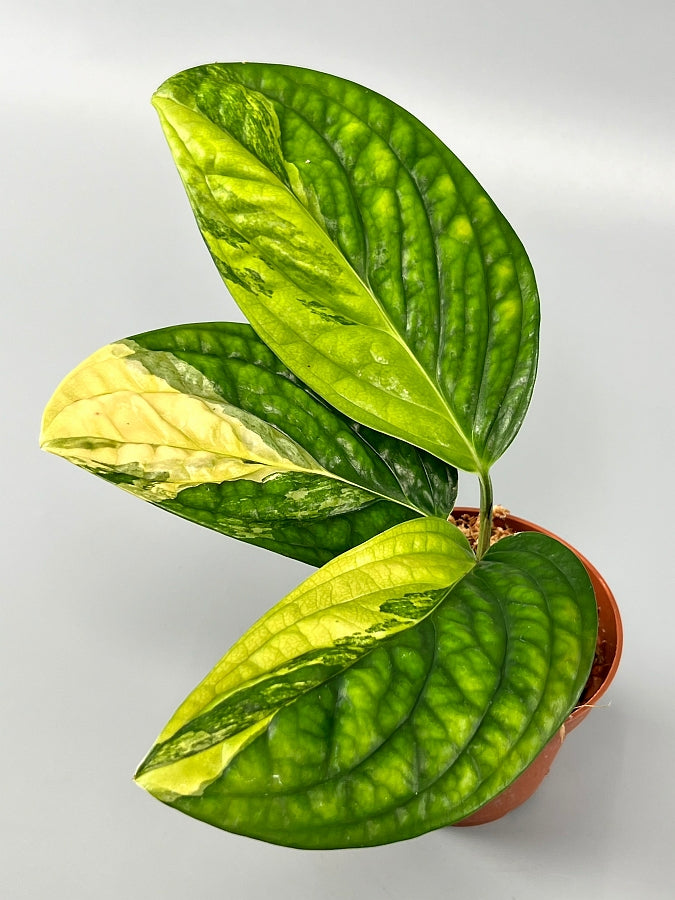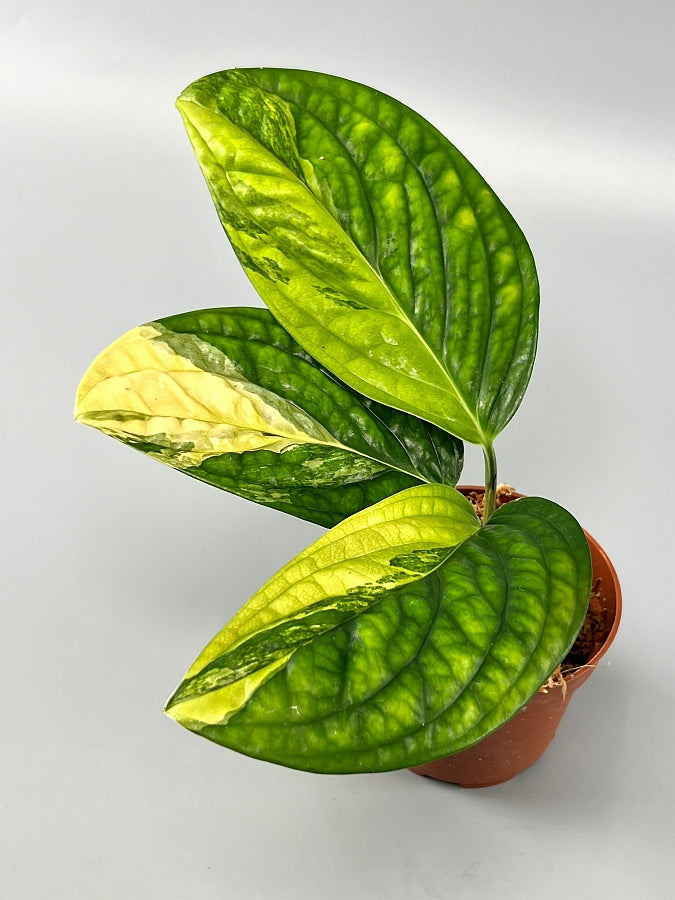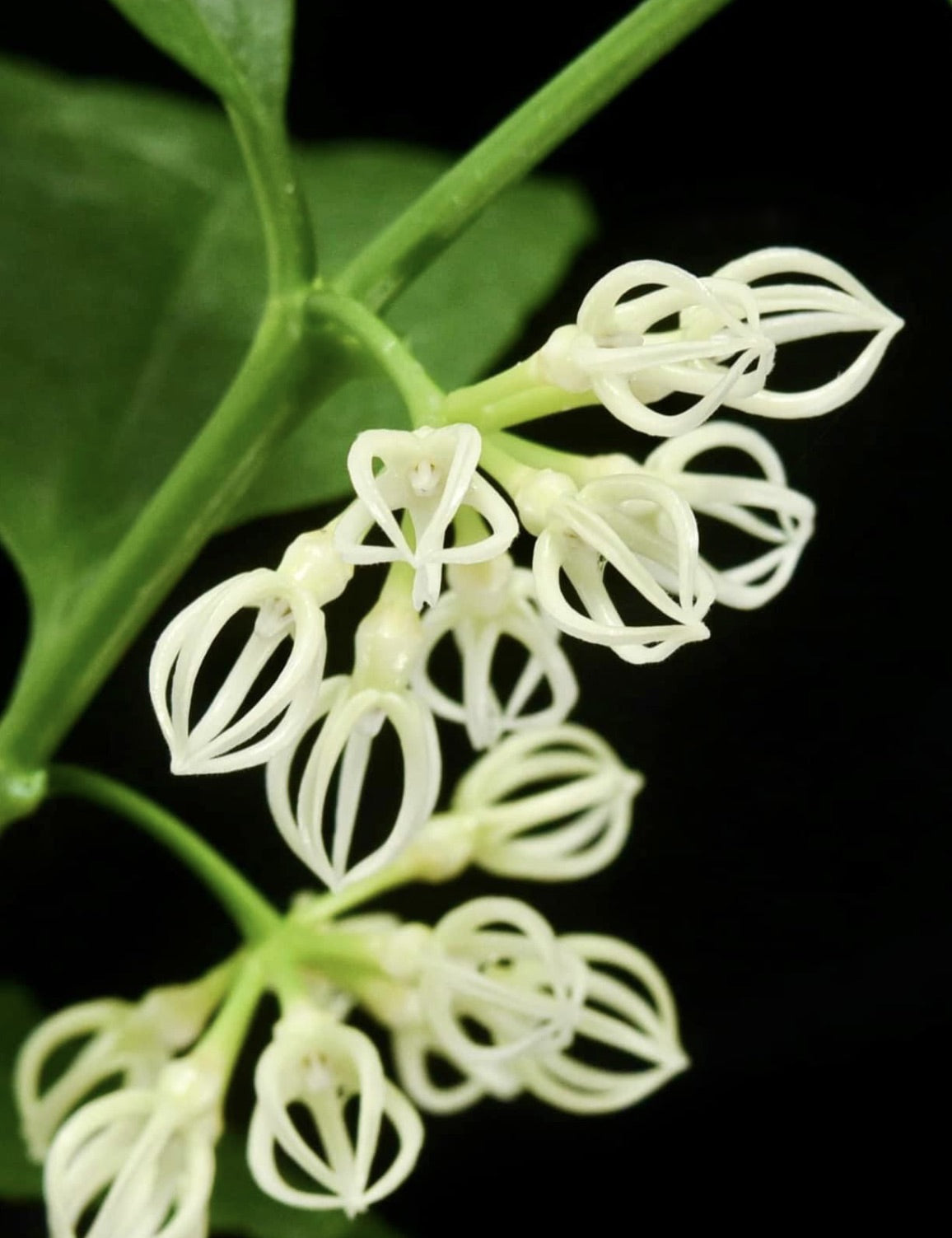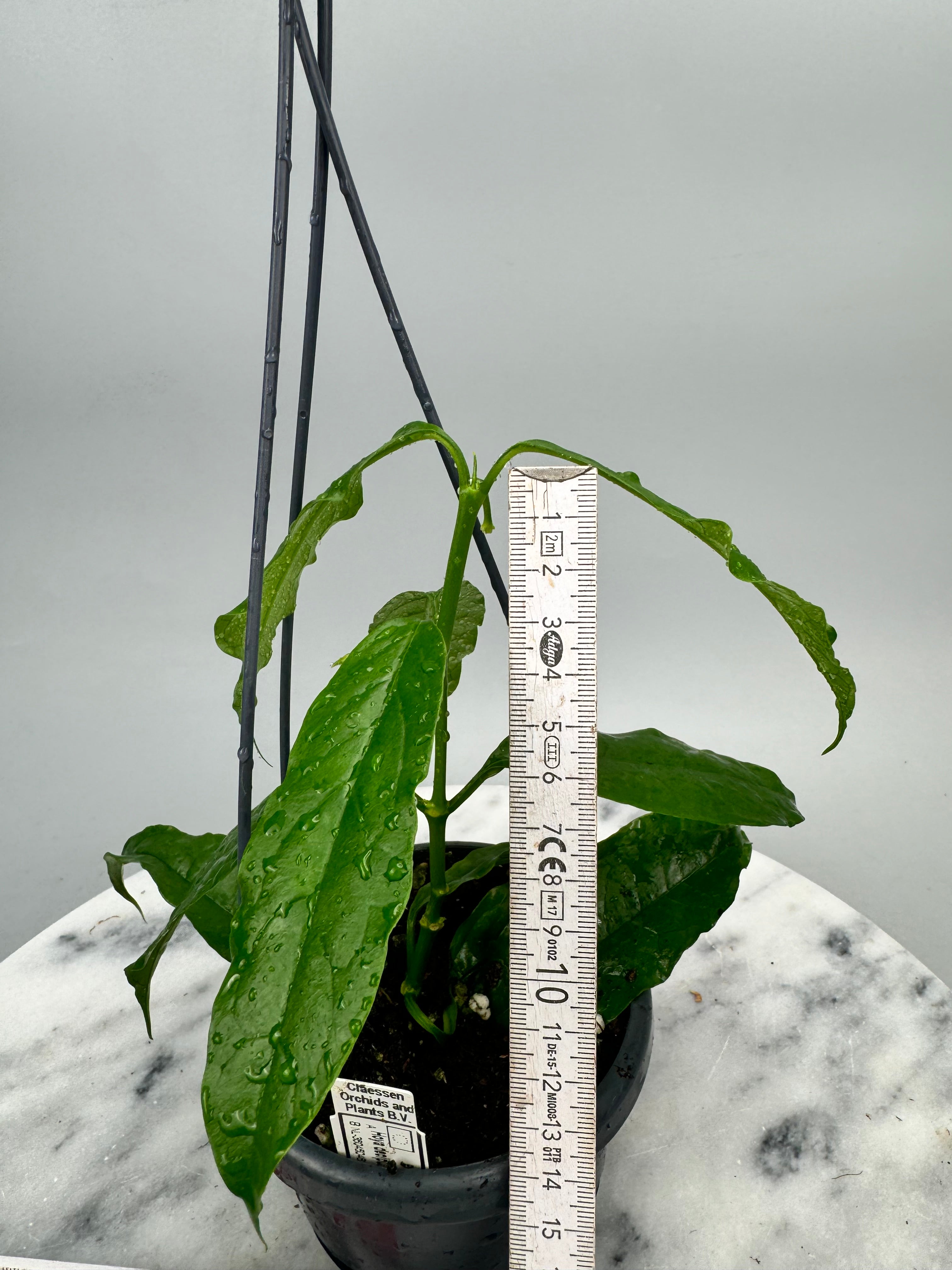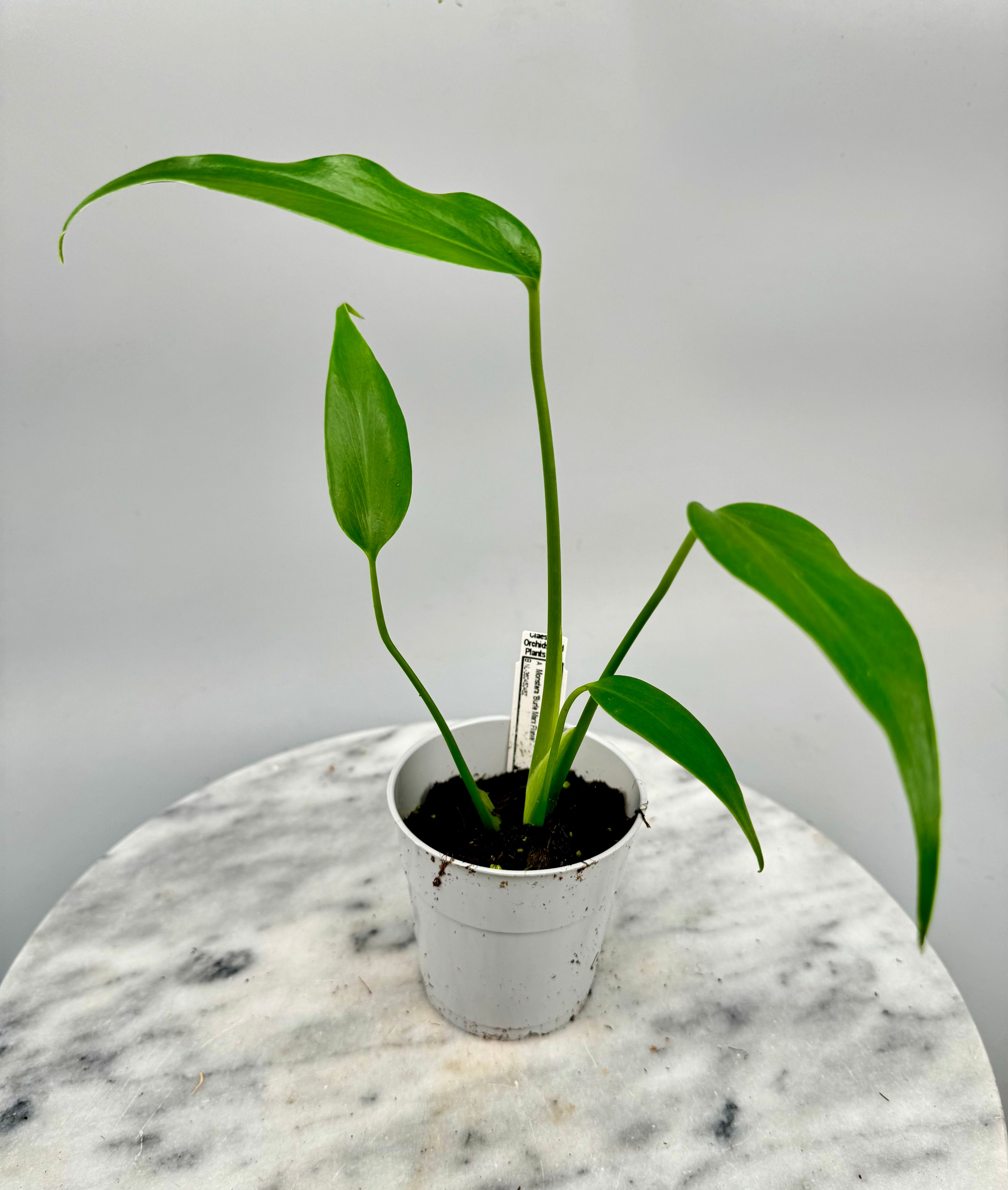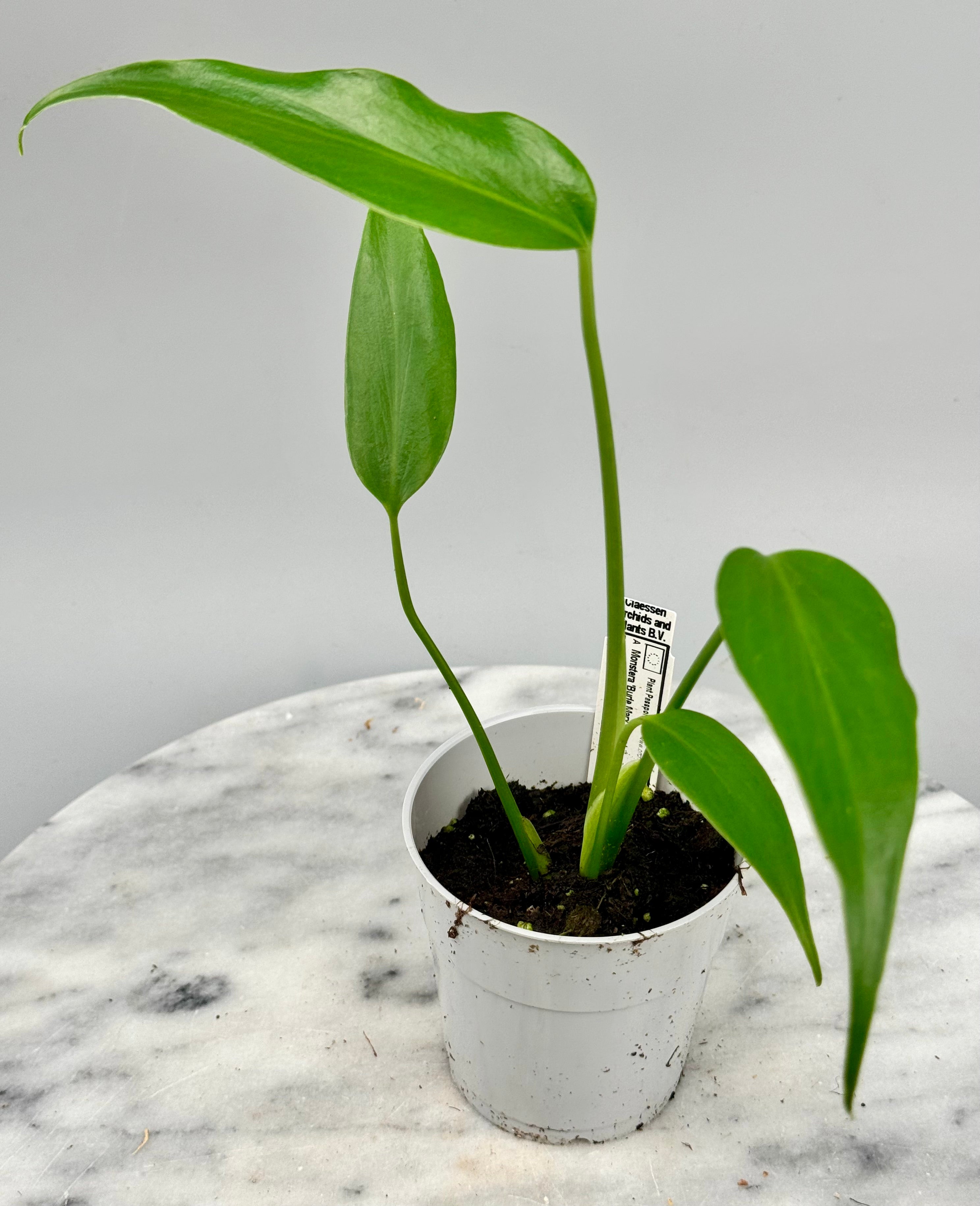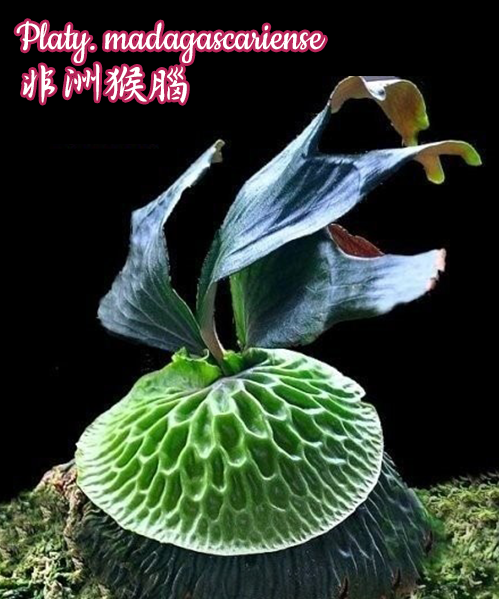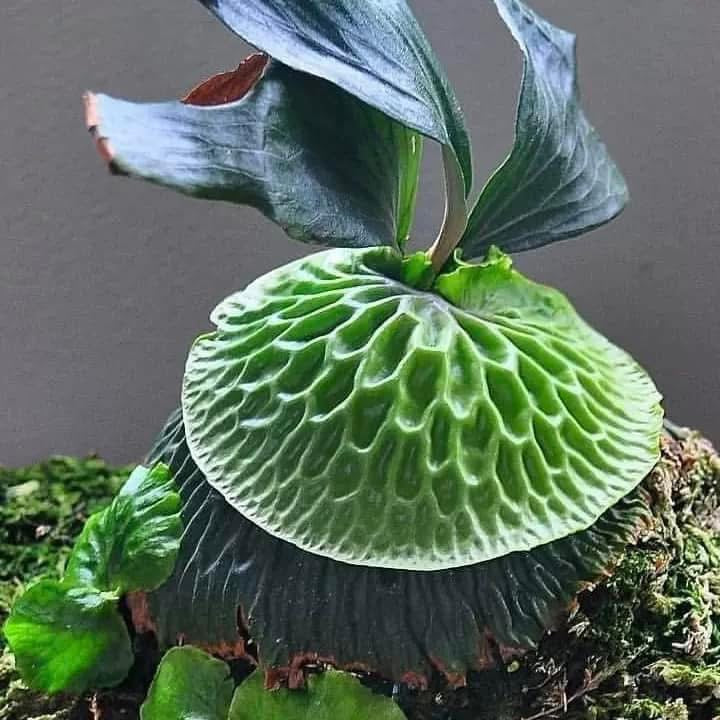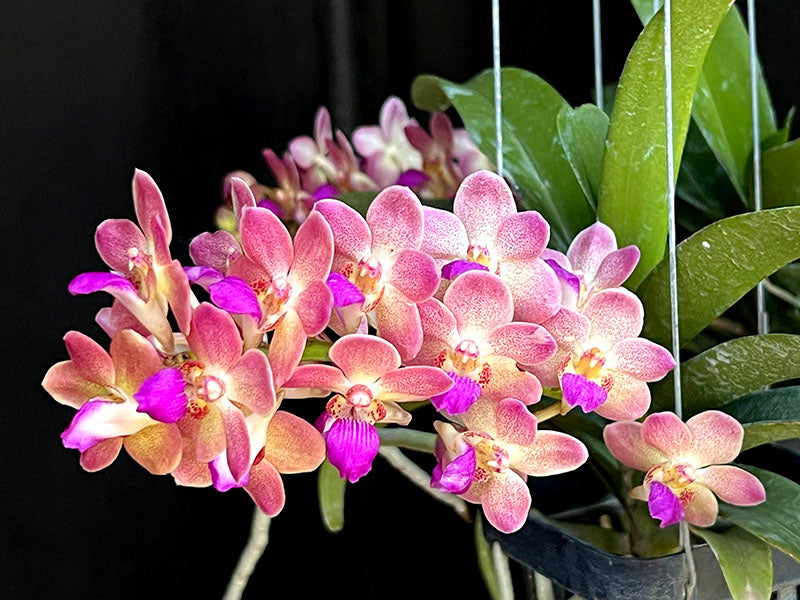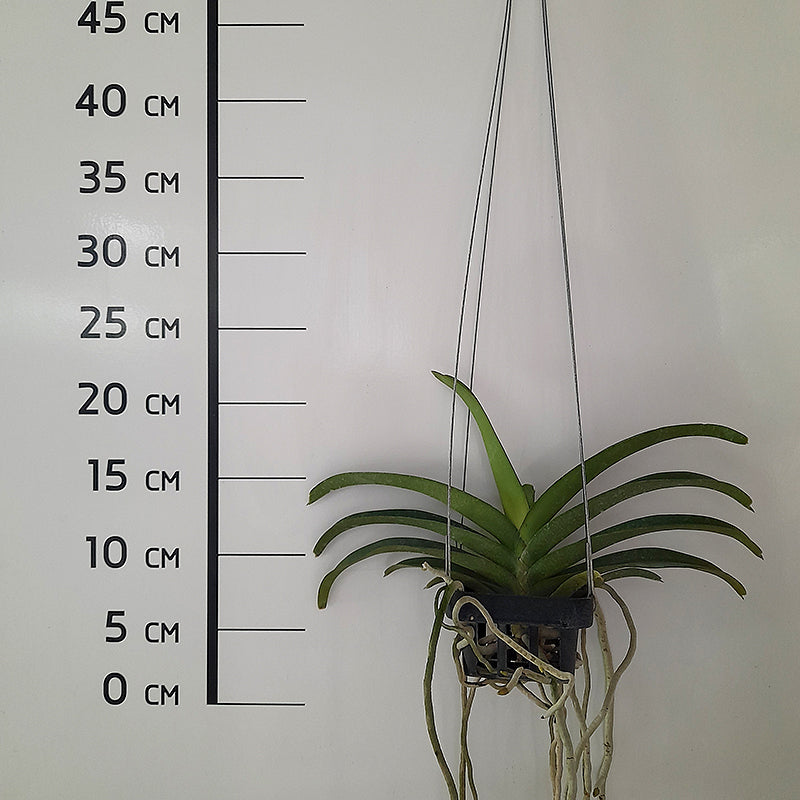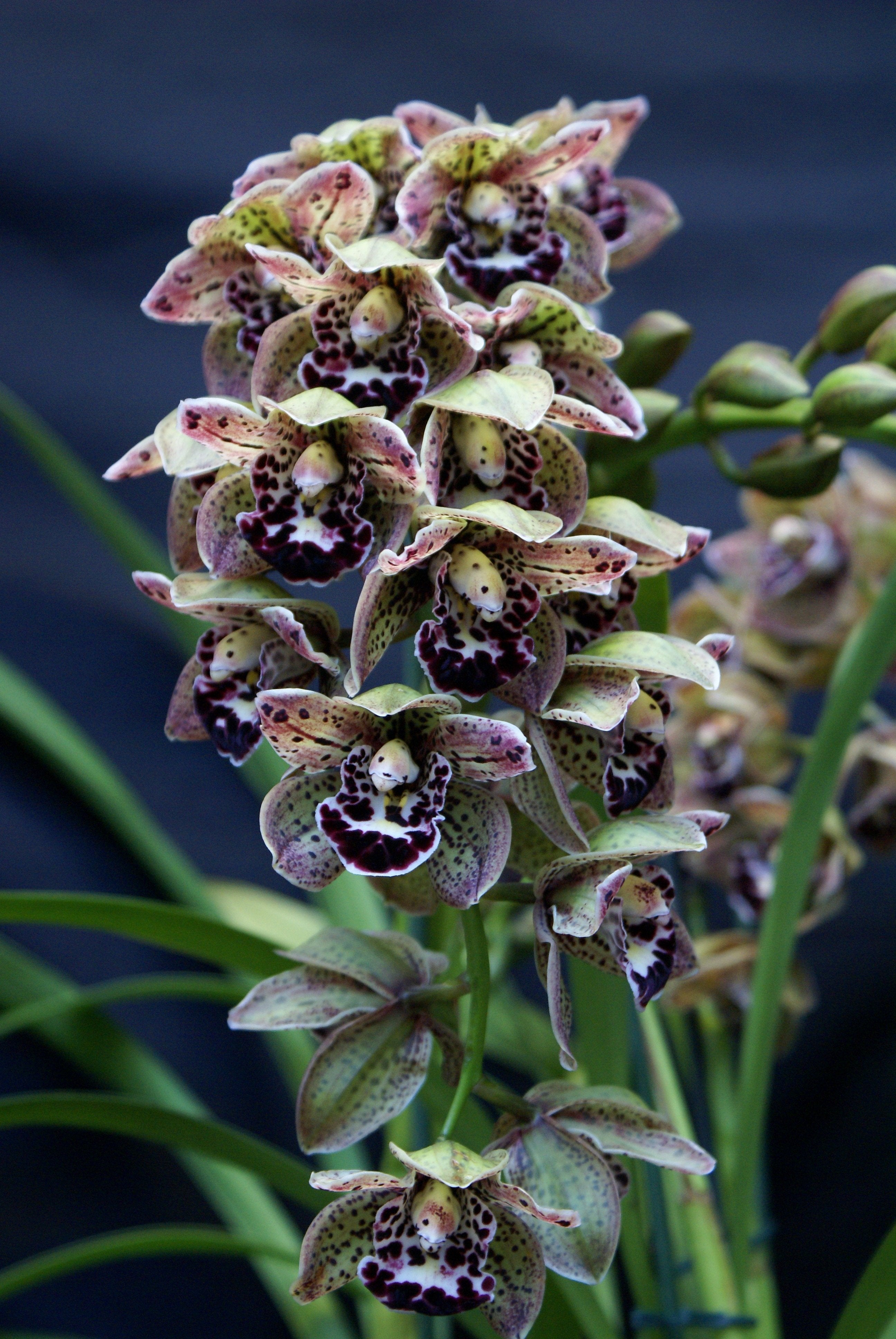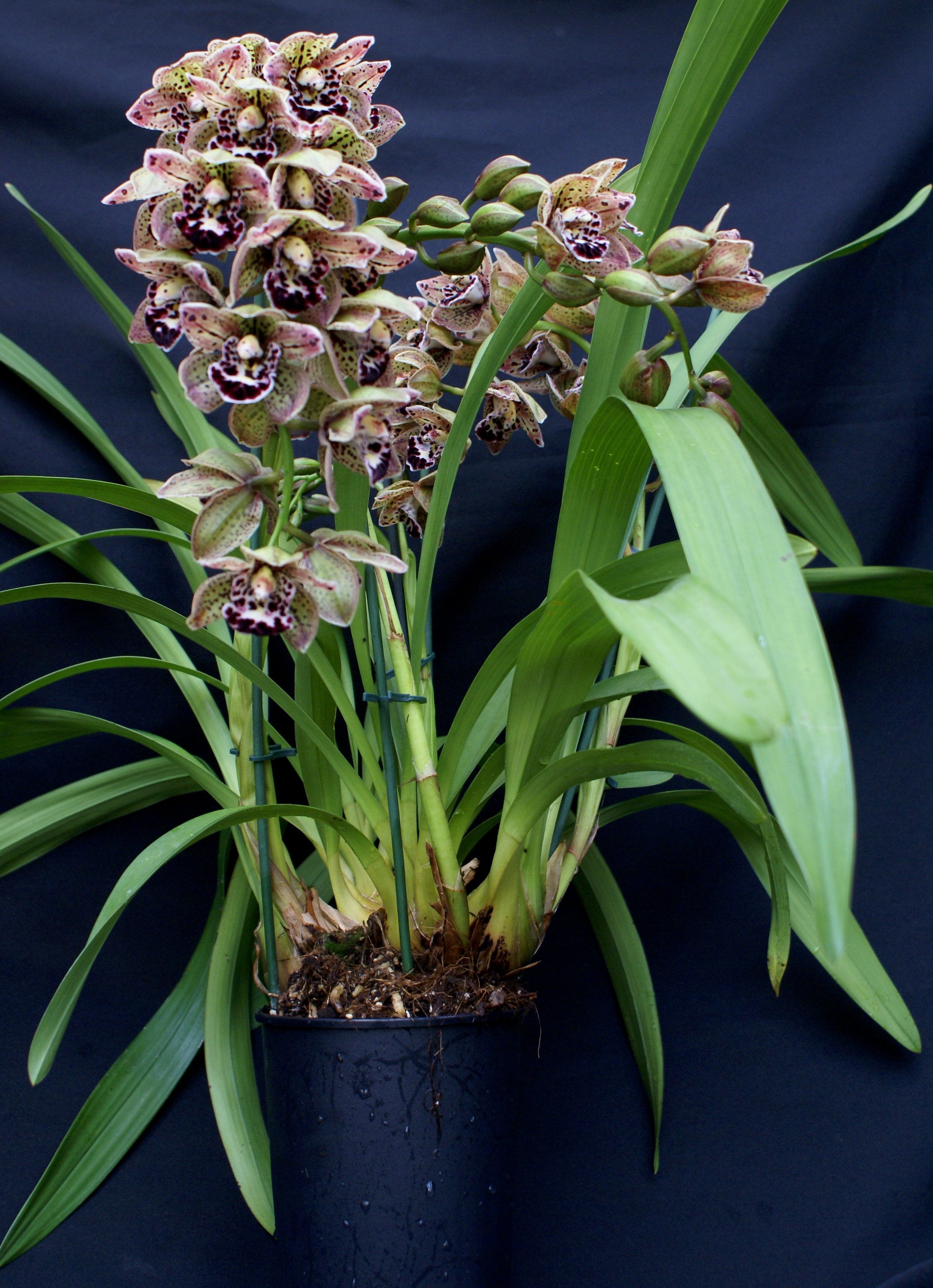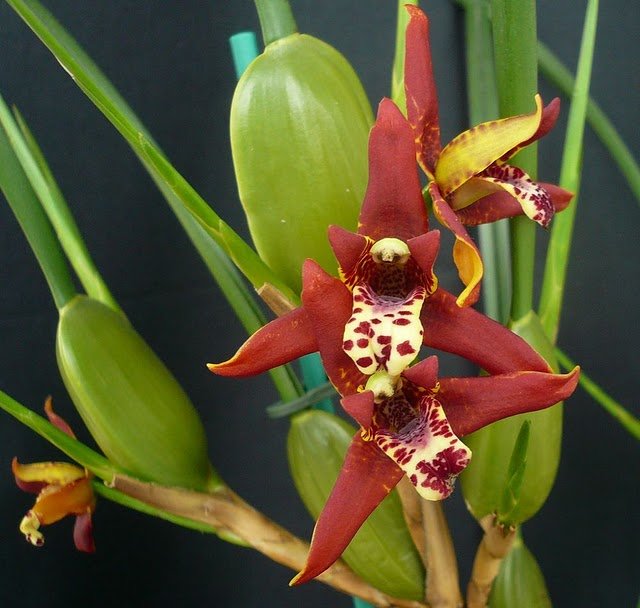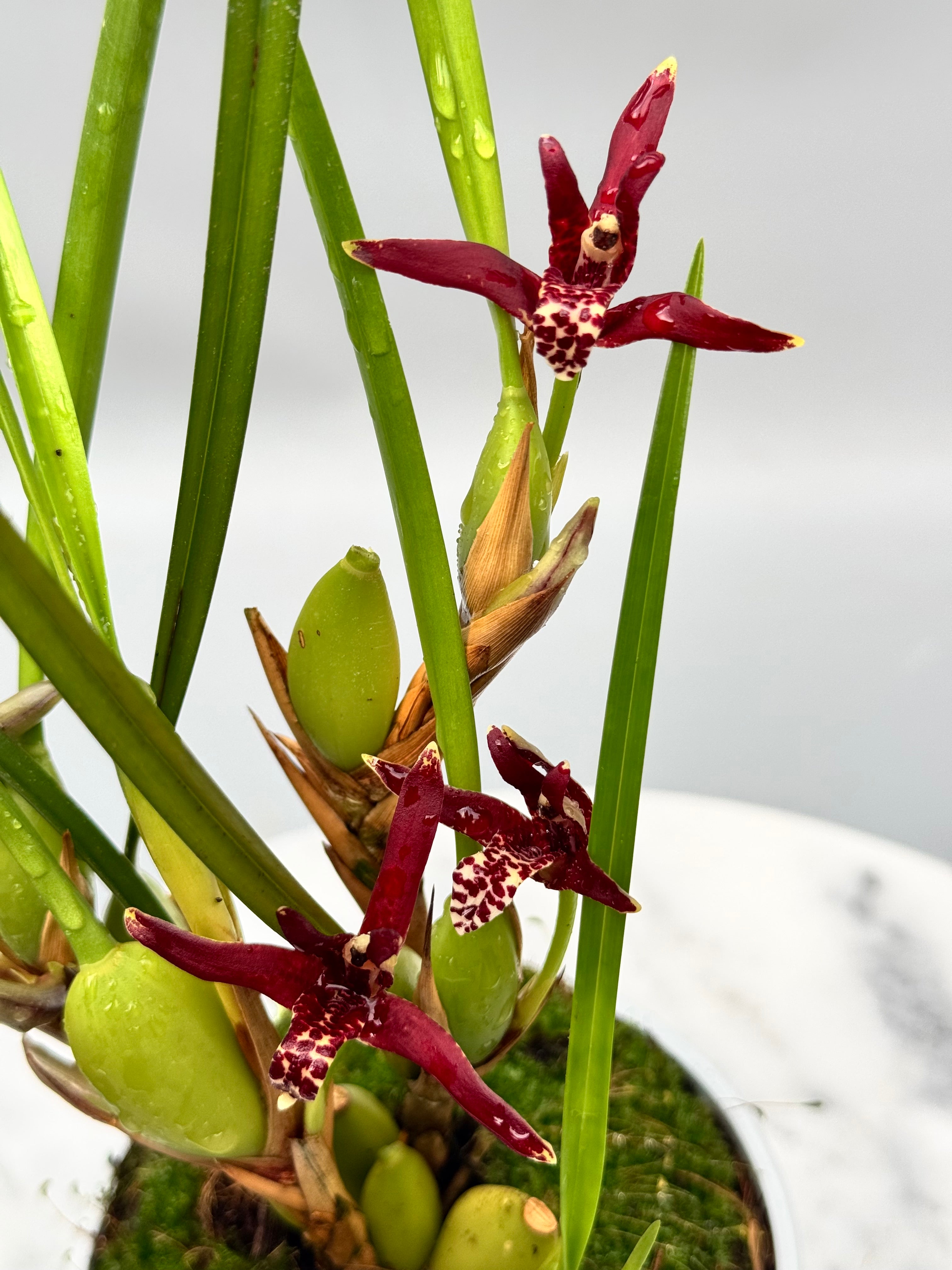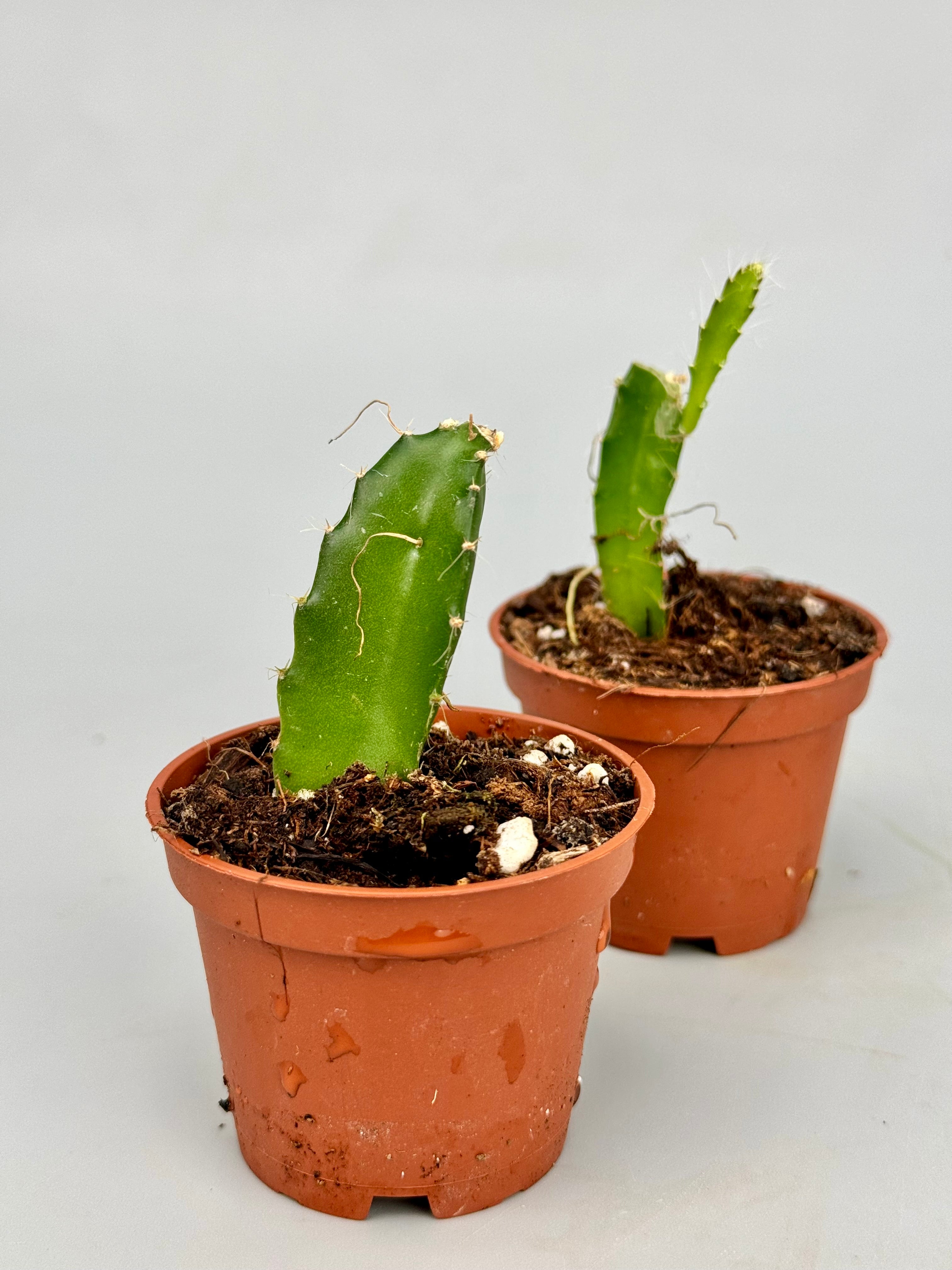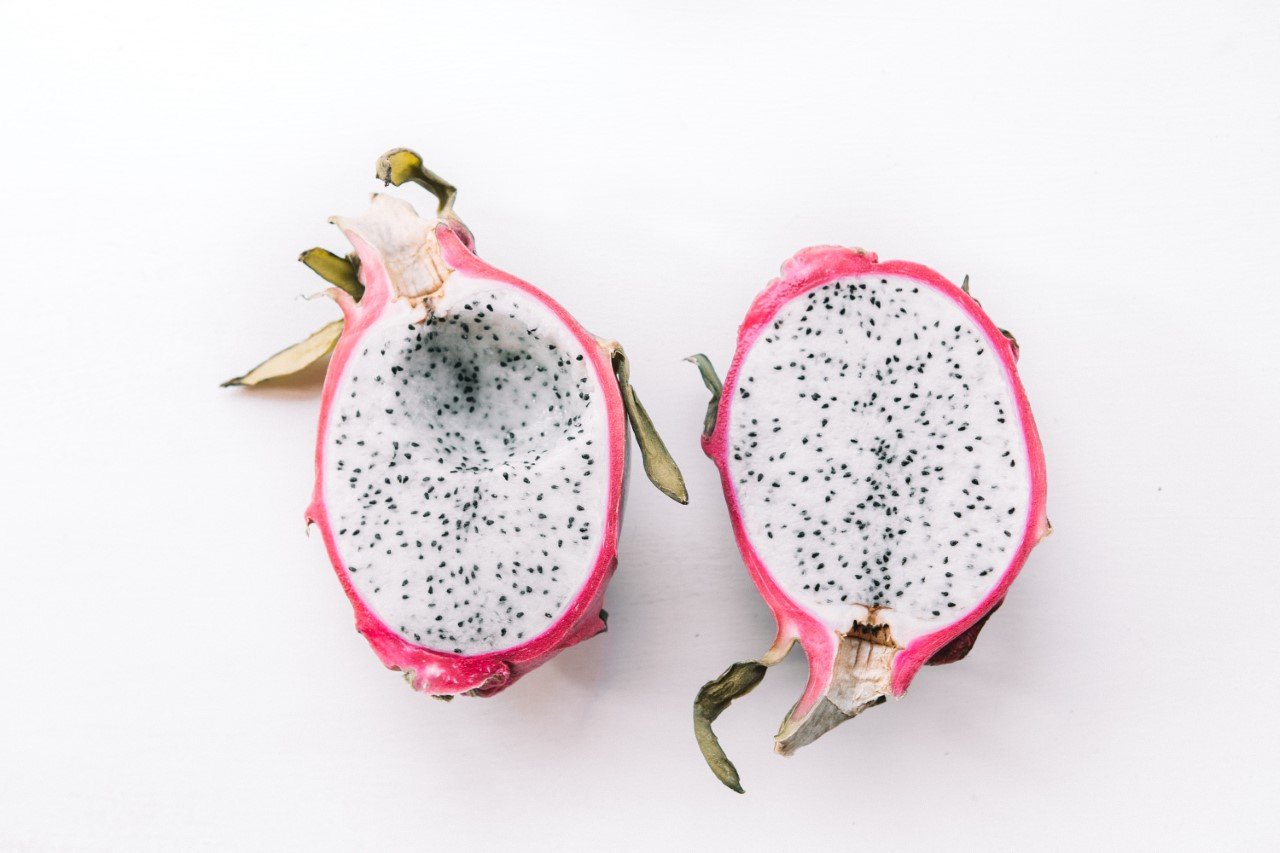Each plant speaks a silent but clear language. Not with words, but through its leaves. If you look closely at the shape, color and structure of a leaf, you will discover a surprising amount about a plant's habitat, needs and survival strategies. In this mini-course on "plant language" you will learn to recognize - and above all understand - the most important signals.
Origin
Leaf as a reflection of habitat
Leaves evolved to help plants survive in specific conditions. Think intense sun, prolonged drought, shady forests, or just damp treetops. Because of these evolutionary adaptations, we can often tell from the leaf where a plant originally came from, and how best to care for it.

Thick, fleshy leaves?
rote chance that the plant comes from a dry or changeable climate and stores water, as in succulents or certain orchids such as Phalaenopsis.
Thin, translucent leaves?
Then the plant probably grows in a shady, constantly moist environment - for example, under the canopy of a tropical rainforest.
Leaves with aerial root tips or scales?
That often indicates an epiphyte - a plant that lives on trees, like many Tillandsia's and orchids.
Characteristics
The subtle hints of texture and color
Leaf surfaces tell a lot about a plant's function and sensitivity. Here are some salient characteristics you can learn to "read.
Velvety or hairy leaves
Not only does this feel nice, it helps the plant retain moisture or filter sunlight. You often see this in plants from semi-shaded areas.
Glossy and thick leaves
Smooth, leathery leaves are often more sun-resistant and better protected from drying out.
Colored or marbled leaves
Red, purple or silvery shades act like sunglasses: they protect against bright sun or help use light more efficiently in shade.
Holes or indentations in the leaf (as in Monstera)
This adaptation helps let light and wind through, which is useful in dense jungle environments.
Care: this is how to use leaf language in practice
Those who speak the leaf language can avoid many mistakes in care. Do you see a leaf drooping, becoming dull or changing color? Then the plant is trying to make something clear. A few practical tips:
Does the leaf feel warm and stiff?
Possibly the plant is in too much bright sun.
Does the leaf become thinner or softer?
Then she may not be getting enough water or humidity.
Do the edges curl up?
That's often a sign of drought stress or drafts.
New leaves remain small or misshapen?
Then there may be a lack of nutrition or light.
So leaves are more than just green decor. They are the voice of the plant - subtle, but clear to those who will listen. By looking and feeling carefully, you can understand your plant's needs much better and respond accordingly.

Recognize an epiphyte at a glance
A fun exercise: look at any plant and ask yourself three questions:
- Does the leaf have a waxy or thick surface?
- Do you see root shoots or aerial roots at the base?
- Is there little difference between "top" and "bottom" of the leaf?
Can you see two or more times 'Yes'? Then you're probably dealing with an epiphyte - a plant that grows naturally high up in trees, and thus needs airy, well-drained conditions.
Want to understand your plants even better? Then start at the leaf - it tells you everything you need to know. All you have to do is learn to read it.

